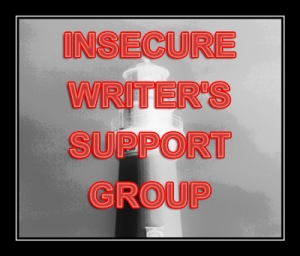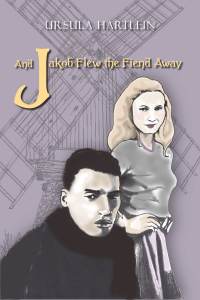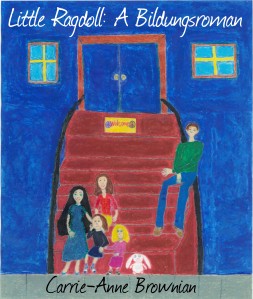
Today, 9 May 2024, makes ten years since the release of my first published book, And Jakob Flew the Fiend Away. Though this was far from the first book I’d ever written, I felt it was my strongest completed, publication-ready manuscript at the time, as well as one of the shortest ones. We always want to lead with our strongest efforts!
I’ve spoken so many times about how I wish I’d done so many things differently while writing this book, feelings I maintain to this day. Part of that comes from how I was so new to deliberately writing towards publication and querying (before I decided to go indie), and thus felt certain constrains compelling me to somewhat stifle the voice and style I naturally tend towards.

As I explained in “The Story Behind the Story”:
Starting in 2006, I began writing a lot of long short stories/pieces of backstory about my Shoah characters (both during and after the war), to be periodically inserted into my Atlantic City books set at the same time. Originally, they were intended as fairly short pieces serving as a sobering alternate trajectory to the fairly unburdened lives of these American teens who only think they have it difficult, until these characters ultimately linked up after the war. They soon grew so long and involved, they threatened to overwhelm the books they were intended for, and took the focus off the real main characters and their storylines. I realized I needed to spin all these interconnected characters off into their own series.
I started by expanding the story about Jakob (and, later, Rachel) into a full-length novel. Not only was it one of the fairly shorter ones, it was more straightforward due to its lack of an ensemble cast. It was easy to flesh out all the long passages summarizing events, and to fill in the many blanks. Because of Jakob’s age, it also seemed perfect to query as YA (albeit upper, mature YA). Hence, the fade to black in the wedding night scene, and my decision to make it into two books instead of one very long book like I usually do.

I initially intended it to be one book, but because I wanted to pursue traditional publication at the time, and was cognizant it had reached the upper acceptable wordcount limit for historical and upper YA, I felt it would be best if I created two volumes. The most perfect ending opened up, and I was able to turn the rest of the material in the originating story into a somewhat shorter volume about Jakob’s first year in America, and his and Rachel’s first real year as husband and wife. Each volume truly has its own focus, and the second one reads more like New Adult than Young Adult.

I’ve thought a few times about significantly expanding the first book, with more chapters and longer chapters, as a companion volume to the original. The new version would be more for the adult market, while the first one would remain the YA version. There are some books like that. However, that would take way too much time, and I’ve long since moved on from this story.
I still intend to go back to Jakob and Rachel at some point and write more books about them, but trying to retool a book I completed and published years ago seems like a big waste of time. The most important thing was acknowledging how being too much in my own head when I wrote it caused me to adopt a style and voice that’s not naturally mine. Besides the shorter than usual chapters, I had too many descriptions of body language and emotional reactions.

It’s always been hard for me to read back through this book, since much of it just doesn’t feel authentically mine. I wrote all 125,000 of those words, but I wrote them while trying to shape myself into someone I’m not and never will be.
I even briefly (VERY briefly) toyed with the idea of doing it in first-person, since I was seriously trying for traditional publication, and that POV is such a popular default in most current YA. If I’d gone through with that, it would’ve felt even more inauthentic to who I am! It’s extraordinarily rare that I’m genuinely called to writing an entire book in first-person.
The first published book is always a learning experience, and that was mine. Despite all my misgivings and reluctance to voluntarily revisit it, I’m still very proud of it.
































